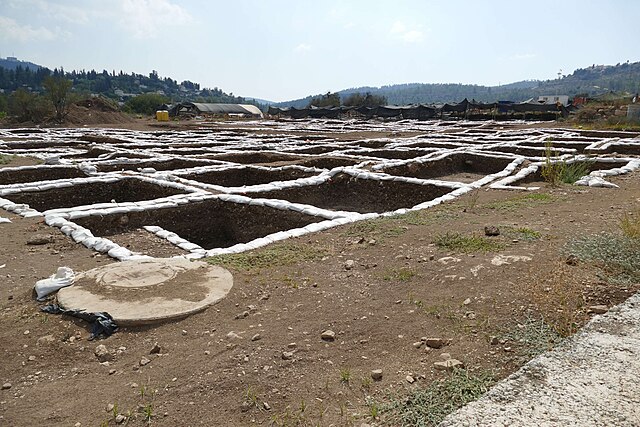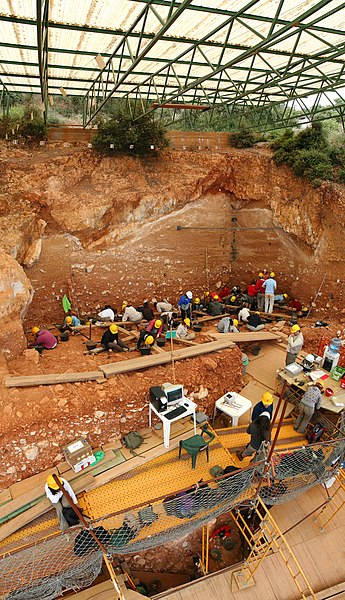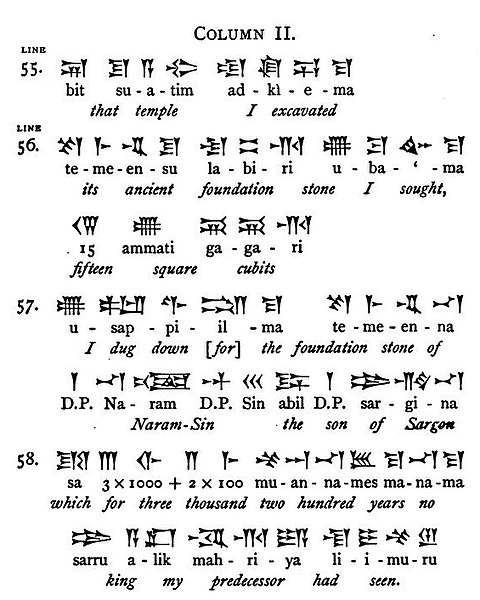The Wheeler–Kenyon method is a method of archaeological excavation. The technique originates from the work of Mortimer Wheeler and Tessa Wheeler at Verulamium (1930–35), and was later refined by Kathleen Kenyon during her excavations at Jericho (1952–58). The Wheeler–Kenyon system involves digging within a series of squares that can vary in size set within a larger grid. This leaves a freestanding wall of earth—known as a "balk"—that can range from 50 cm for temporary grids, and measure up to 2 metres in width for a deeper square. The normal width of a permanent balk is 1 metre on each side of a unit. These vertical slices of earth allow archaeologists to compare the exact provenance of a found object or feature to adjacent layers of earth ("strata"). During Kenyon's excavations at Jericho, this technique helped discern the long and complicated occupational history of the site. It was believed that this approach allowed more precise stratigraphic observations than earlier "horizontal exposure" techniques that relied on architectural and ceramic analysis.

Excavation at Moza, Israel
Archaeology or archeology is the study of human activity through the recovery and analysis of material culture. The archaeological record consists of artifacts, architecture, biofacts or ecofacts, sites, and cultural landscapes. Archaeology can be considered both a social science and a branch of the humanities. It is usually considered an independent academic discipline, but may also be classified as part of anthropology, history or geography.
Excavations at Atapuerca, an archaeological site in Spain.
Nabonidus cylinder from Sippar
Extract describing the excavation
Archaeologists excavating in Rome, Italy





